June 25, 2025 | 12:18 GMT +7
June 25, 2025 | 12:18 GMT +7
Hotline: 0913.378.918
June 25, 2025 | 12:18 GMT +7
Hotline: 0913.378.918
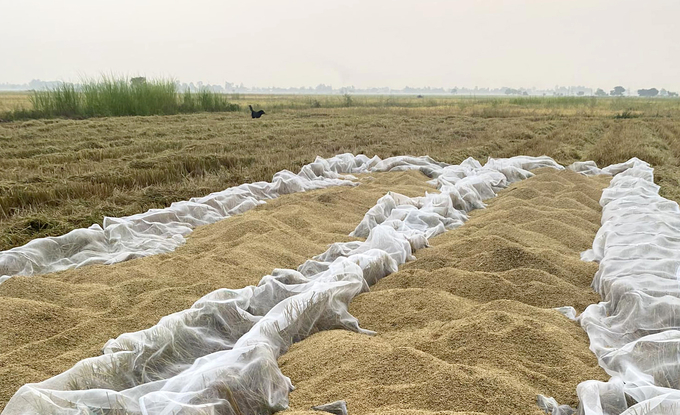
Recently harvested rice from a winter-spring crop in Vinh Hung district, Long An province. Photo: Son Trang.
The export of Vietnamese rice experienced exceptional growth in early 2024. According to the General Department of Customs of Vietnam, Vietnam has exported nearly 1.08 million tons of rice for a total value of over 736 million USD within the first two months of 2024. These figures represent an increase of 20.4% in volume and an increase of 55.7% in value compared to the same period in 2023.
Most notably, the Philippines remain as the largest importer of Vietnamese rice. Namely, rice exports to this market reached 500 thousand tons with a total value of 337 million USD within the first two months of 2024. This is an increase of 24.4% in volume and 64.7% in value compared to the same period in 2023. Furthermore, exports to the Philippines accounted for 46.52% of the total volume and 45.82% of the total value of Vietnam's rice exports to all markets.
With significant import demand, the Philippines has been forecast to remain as the largest market for Vietnamese rice throughout the year. According to a recent forecast by the U.S. Department of Agriculture, the Philippines may need to import at least 4.1 million tons of rice in 2024, which is an increase of over 200 thousand tons compared to a previous forecast, and over 600 thousand tons compared to the amount of rice imported in 2023. If the USDA's estimations are correct, 2024 is poised to become the Philippines' highest year of rice imports, surpassing the previous record of 3.826 million tons set in 2022. The Philippines imported 3.5 million tons of rice in 2023, with Vietnamese rice accounting for up to 80% of the total volume.
Indonesia is currently the second-largest market for Vietnamese rice. Rice exports to the Indonesian market reached 219 thousand tons with a total value of 142 million USD within the first two months of 2024. This is a significant increase of 52.4% in volume and 110.5% in value compared to the same period in 2023. Exports to Indonesia accounted for 20.4% of the total volume and 19.3% of the total value of Vietnam's rice exports to all markets.
Indonesia's rice import demand for the year 2024 is expected to increase due to its domestic rice shortages. As of February 2024, Indonesia has experienced the eighth consecutive month of rice shortages. According to the Vietnam Food Association, the Ministry of Trade of Indonesia authorized the import of an additional 1.6 million tons of rice to ensure the government's rice reserve (CBP). In addition to the 2 million tons previously authorized by the government, Indonesia will import at least 3.6 million tons of rice in 2024. Notably, Indonesia held a tender in January to import 500 thousand tons of rice, with Vietnamese businesses securing the bid for 300 thousand tons.

A rice storage warehouse in Long An. Photo: Son Trang.
Malaysia currently stands as the third-largest market for Vietnamese rice exports. Rice exports to the Malaysian market reached 38 thousand tons with a total value of 25 million USD within the first two months of 2024. This is an increase of 112.3% in volume and 145.3% in value compared to the same period in 2023.
Despite the relative success of its rice exports, Vietnam's prices of exported rice and domestic paddy have decreased. Namely, the export price of Vietnamese 5% broken rice currently stands at between 584 and 588 USD per ton, which is a significant drop from the 653 to 657 USD per ton range in early 2024.
The decline in export rice prices can be attributed to Vietnam's ongoing harvest of the 2023-2024 winter-spring crop in the Mekong Delta region, resulting in a steady supply of commercial rice as opposed to the rice shortages record in late 2023. The Department of Crop Production under the Ministry of Agriculture and Rural Development reported that approximately 515 thousand hectares of winter-spring rice crop in the Mekong Delta region have been harvested by the start of March 2024, yielding 3.485 million tons of paddy.
Consequently, the decrease in export rice prices leads to a sharp decline in the prices of commercial paddy in the Mekong Delta region. According to Mr. Nguyen Van Nam, a farmer in Thai Tri commune, Vinh Hung district, Long An province, before the Lunar New Year holidays, the on-field price of fresh paddy remained at a steady level above 9,000 Vietnamese dong per kilogram. However, this figure plummeted following the holiday season, and currently ranges from over 7,000 to 8,000 Vietnamese dong per kilogram, depending on the rice variety. The current price of fresh paddy is approximately 1,000 Vietnamese dong per kilogram higher than that from the 2022-2023 winter-spring crop. Consequently, farmers in Vinh Hung district are still enjoying substantial profits from this rice crop.
Across the Mekong Delta region, the price of fresh paddy currently ranges from 7,400 to 8,100 Vietnamese dong per kilogram, whereas the price of commercial rice ranges from 11,000 to 13,000 Vietnamese dong per kilogram.
Translated by Nguyen Hai Long

(VAN) Flooding in NE Arkansas may shift the rice outlook downward.
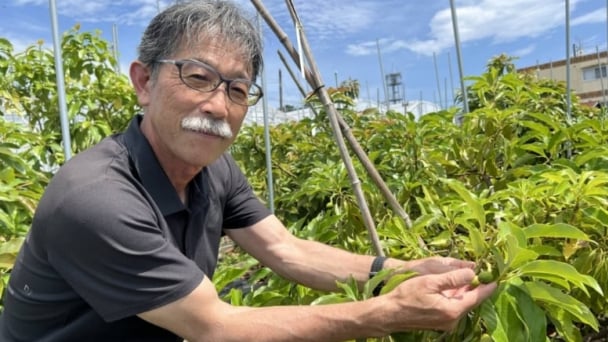
(VAN) Tsutomu Uchida, 64, wipes the sweat from his face as he walks through a farming plot filled with avocado trees in a port district of Shizuoka.
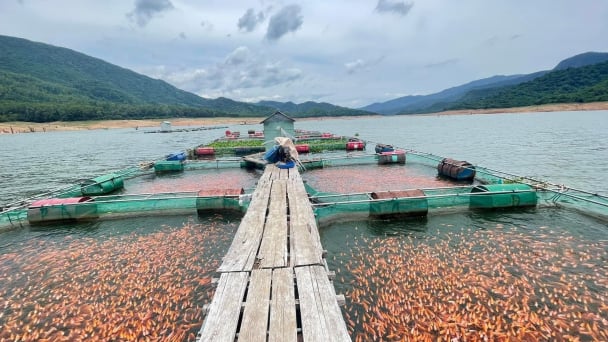
(VAN) At the request of partners, the agriculture and environment sector of Binh Dinh is determined to develop a red tilapia farming linkage chain in Dinh Binh reservoir that meets export standards.
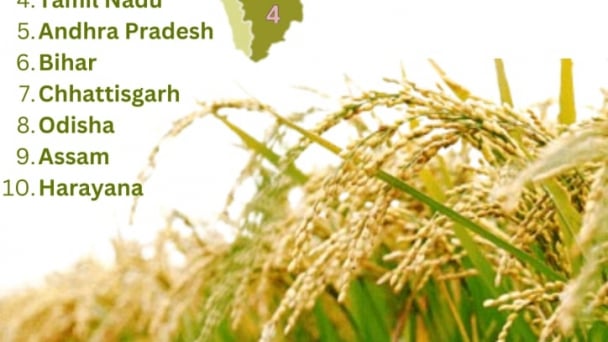
(VAN) Last week, the U.S. Department of Agriculture (USDA) released its June World Agricultural Supply and Demand Estimates (WASDE), raising projections for both Indian rice production and U.S. rice imports for the 2025/2026 marketing year.
/2025/06/17/2344-1-131758_261.jpg)
(VAN) Amid tariff risks and growing trade barriers in the U.S. market, Australia is emerging as a promising destination to sustain the growth momentum of Vietnam's shrimp exports.
/2025/06/17/2013-1-nongnghiep-112009.jpg)
(VAN) This notable growth trend reflects the global taste for fresh, nutritious fruits and the expanding use of lychees across various sectors.
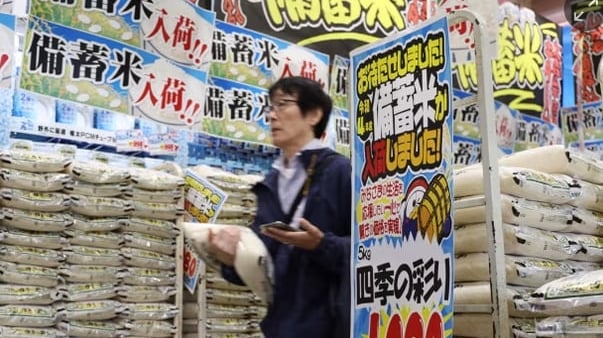
(VAN) The political and cultural insulation of Japan’s beloved grain is falling apart, and experts warn the country’s relationship with the staple will have to adapt.